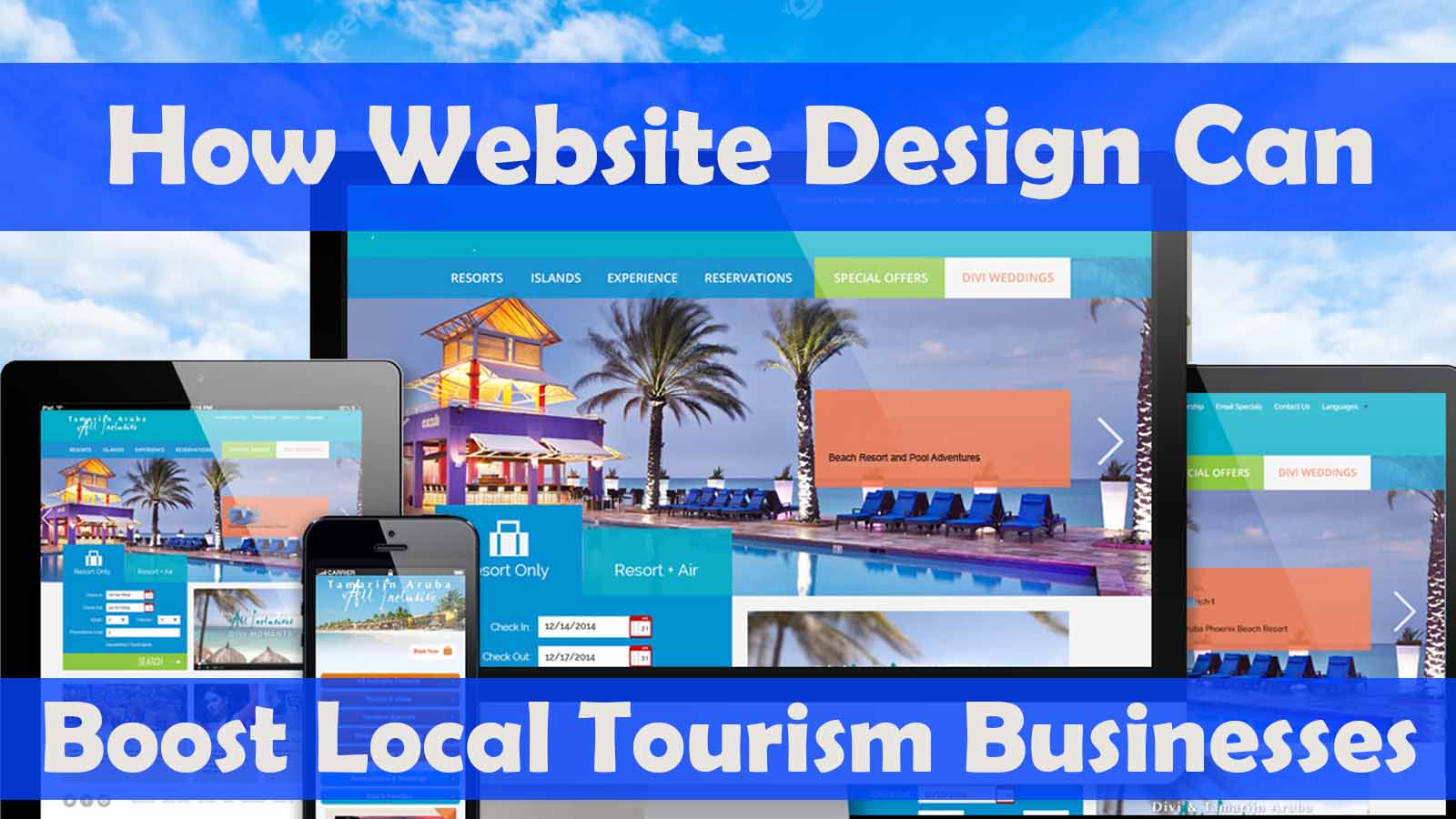How Website Design Can Boost Local Tourism Businesses
The digital age has changed the face of the tourism industry in significant ways. With the rise of digital marketing, travel agencies no longer rely solely on travel conventions, brochures, TV ads, and magazine ads to get the word out about their business. The internet is the new playing field, and local tourism businesses and travel agencies need an effective online presence to retain customers.
In a 2020 Statista survey in the Philippines, over 73 percent of respondents said they booked travel engagements online with their establishments of choice. The survey also showed that most travelers made their reservations directly through websites. While the global pandemic played a part in the swift digitalization of travel, travelers from all over the world had already begun to embrace the convenience of the internet for carrying out their travel decisions.
Now, more than ever, local tourism departments, travel agencies, hospitality establishments, and other businesses involved in the travel sector should widen their digital footprint and strengthen their digital marketing efforts—and the key to this strategy is developing good web design.
But what exactly makes web design “good,” and how can it boost your online presence and enhance conversions among travelers? Finally, how can the best web design agency Philippines can offer improve your bottom line and business performance? Read on for the answers so that you can utilize them for the growth of your travel and tourism business.
What Makes Good Web Design for Tourism Websites?
Good web design involves effectively using visual and functional elements to achieve a specific goal. Professional web design agencies have a keen eye for detail and consider several factors when designing a tourism web page, including the following:
Visual Appeal
A harmonious color scheme, the right selection of fonts, and an easily scannable layout speak volumes about your business’s trustworthiness and expertise in the field of travel. It’s also important for tourism and travel businesses to showcase high-quality images of their destinations.
Ease of Use
While visual appeal plays a huge part in grabbing a visitor’s attention, great navigation convinces them to stay. Good UI and UX are essential for travel websites. Whether your visitors are looking to book or get information about a specific destination, they should be able to achieve their goal in as few clicks as possible.
Effective Calls to Action
Well-designed travel and tourism websites have strategically placed calls to action and contact forms to encourage travelers to take specific steps, like requesting more information or contacting the company.
Trueness to the Travel Brand
Good web design is cohesive and will contribute a lot towards reflecting your brand personality, developing recall, and enhancing awareness of your travel and tourism brand. With the right color scheme, logo, and font selection, you can create a tourism website that effectively personifies your brand and what you stand for.
Mobile Friendliness
The number of people making travel bookings via mobile devices is rising yearly. Good web design considers this with responsive layouts, good font selection, and website speed optimization, among others.
How Can Good Web Design Boost Your Tourism Business?
Great web design can directly boost your tourism website’s engagements and conversions and truly put your business on the map. Here’s what good web design does for your travel and tourism business:
It Develops Trust and Credibility for You
Cluttered, outdated, or disorganized websites are hard to trust, and travelers can easily carry over their impression of a flawed website design to the business itself. Since visitors judge the credibility and reputation of a brand based on a first-point-of-contact platform like a website, local tourism businesses must sport web design of the highest quality to establish trust and build authority.
It Inspires Wanderlust
Selling sceneries and inspiring the desire to travel is one of the main goals of the tourism business, and good web design does this through compelling photos and videos. For instance, a local tourism business in Dumaguete might use stunning images of Pulangbato Falls or a video landing page of Rizal Boulevard to inspire its visitors to go there.
It Improves Search Engine Optimization
Great web design can help you raise your rankings in search engines, which equates to more traffic and engagement from travelers and tourists across the country and globe. Several web design techniques also boost search engine optimization (SEO), including using clean and modern code, implementing a well-defined and functional navigation architecture, and adopting a mobile-friendly design.
It Boosts Conversions
Web design agencies know that each page in your website is designed to get visitors to complete a desired action, including filling out a contact form, booking a tour or hotel room, or encouraging travelers to visit a specific destination.
Well-designed websites are able to fulfill their purpose with attractive call to action (CTA) buttons, streamlined ecommerce solutions, or strategically placed contact forms. The more well-designed your website is, the higher your chances are of turning your visitors into customers.
It Communicates Your Brand Message
Lastly, travel and tourism businesses can use their website to express their brand personality and tell their story to their target audience. Web design agencies apply consistent fonts, colors, layouts, and styles across your site to reinforce your brand and make the website look more professional. Remember, the more your brand resonates with your visitors, the greater the chance of them connecting and converting.
A well-designed website can be an effective tool for local tourism businesses looking to attract new travelers and boost their sales. By building trust and credibility, inspiring the desire to travel, improving SEO, and communicating a cohesive brand message, great web design can help local tourism businesses achieve their goals and spread the word about the travel locations that comprise their bread and butter. If you’re part of a local tourism business in the Philippines, do consider investing in professional website design to draw travelers’ interest and stay competitive in today’s digital age.


